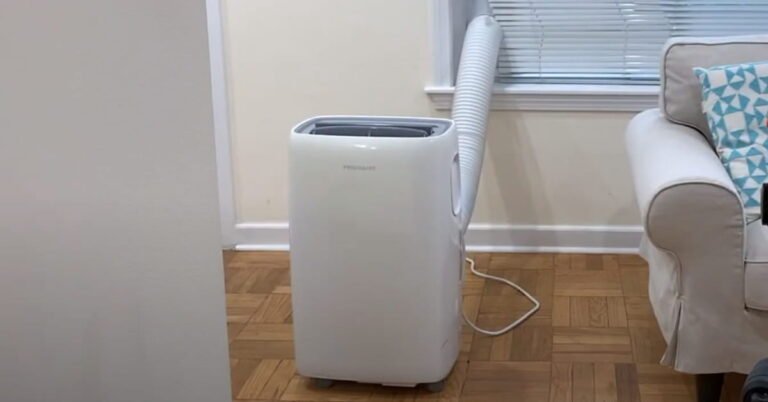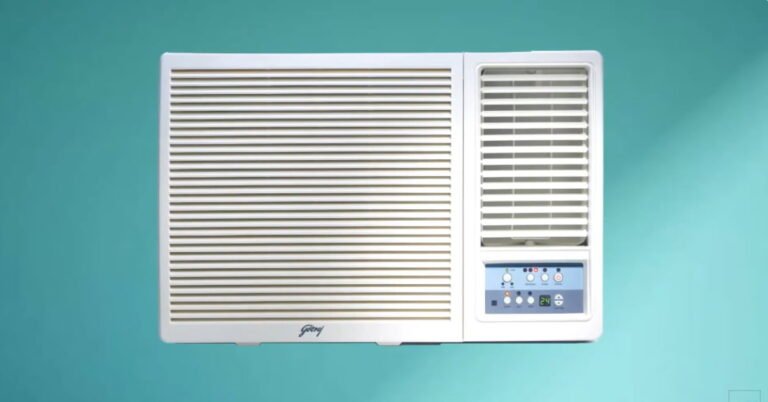Samsung Air Conditioner Heat Mode Not Working – 7 Solution
A functioning heating system is essential for a warm and comfortable home during the cold winter months. Many homeowners experience issues with Samsung air conditioner’s heat mode?
In this guide, we’ll explore common reasons why your Samsung air conditioner heat mode may not be working and how to fix them.
Keep reading to learn how you can troubleshoot and solve this common problem with your Samsung AC.
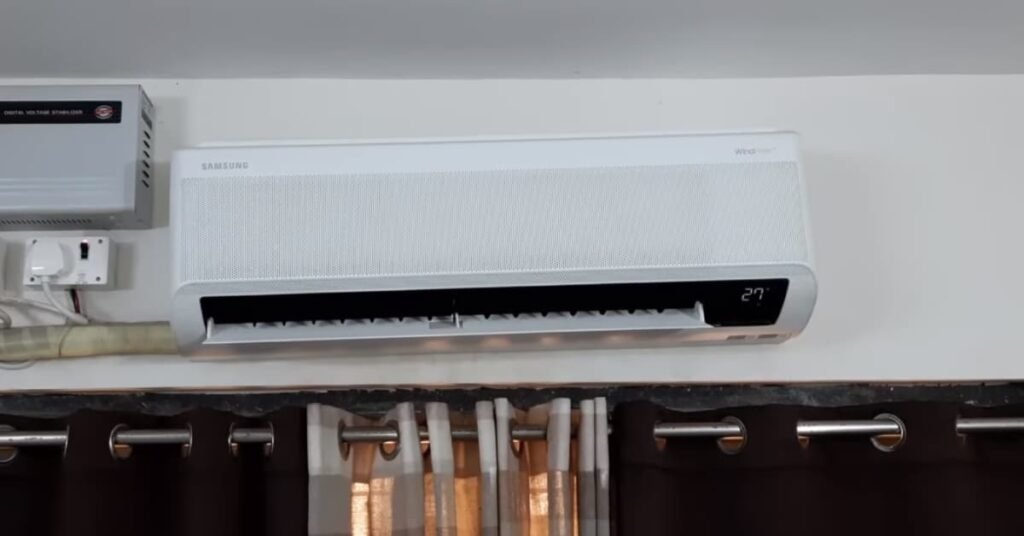
Possible Causes for Samsung AC Heat Mode Not Working
After installing a new Samsung air conditioner or using it for some time, you may encounter difficulties with its heat mode functionality.
Here are three possible causes for this problem:
1. Incorrect AC Mode Settings
2. Defrost Mode
3. Thermostat Issues
4. Circuit Breaker Tripped
5. No Heating Functionality
6. Clogged or Dirty Air Filters
7. Obstructed Airflow or Unit Going into the Defrost Cycle
Let’s take a closer look at each of these potential causes and how to fix them.
Incorrect AC Mode Settings
Transitioning seasons often prompts the need for your Samsung AC heat mode. In some instances, the system may not work as expected.
One prevalent cause is incorrect AC mode settings. You might find the system blowing cold air instead of warm, which can be confusing and discomforting.
This issue usually stems from the AC mode being set to “cool” or an inappropriate mode, rather than “heat”, leading to the undesired output. Remember, it’s critical to set your system correctly for optimal performance and comfort.
How to Fix?
1. Start by locating the remote control for your Samsung air conditioner.
2. Next, figure out the current mode. Usually, this is displayed clearly on the screen.
3. If it’s set to a mode other than “heat”, then that’s likely your problem. In this case, the course of action is straightforward: just change the mode.
4. To do this, search for your mode or settings button. Press this button until the display shows the “heat” mode.
5. After setting the mode to “heat,” allow the system some time to respond. If done correctly, your air conditioner should start producing warm air rather than cold.
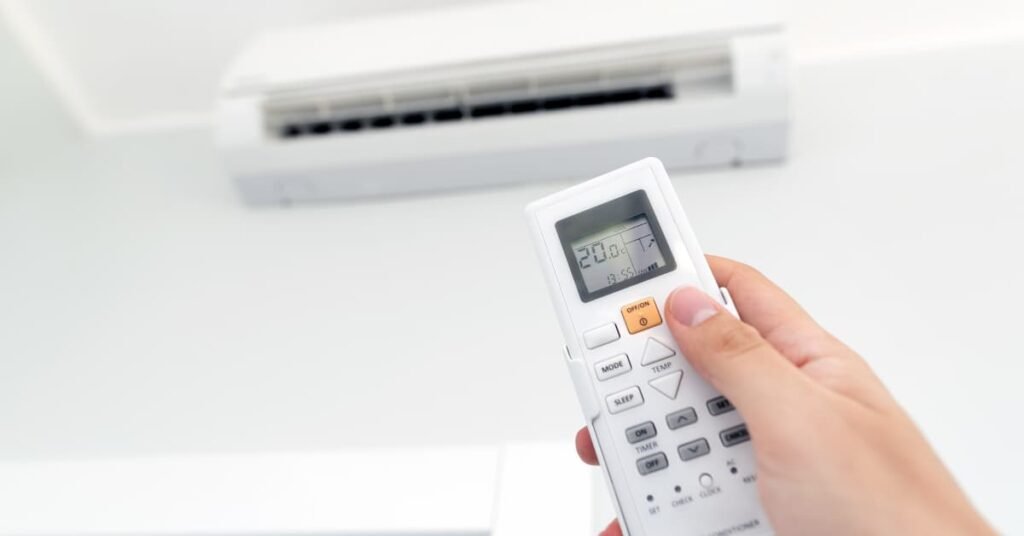
Defrost Mode
The typical Samsung air conditioner is equipped with a defrost mode for efficient operation during the colder months. However, if your unit’s heat mode isn’t working, it might be stuck in defrost mode.
Defrost mode eliminates frost build-up on the outdoor unit, but continuous operation can affect the heat mode, resulting in cold air instead of warmth.
How to Fix?
1. Identify if your unit is on defrost mode. Usually, blinking lights or specific display signs will indicate this.
2. If the unit is in defrost mode, you don’t typically need to do anything as the unit will automatically switch back after a while.
3. However, if you notice the unit spends an excessive time in defrost mode, you might need to reset the unit. To do this, switch off the unit from the main switch or the circuit breaker.
4. Wait for 5-10 minutes before turning it back on. Finally, allow the unit to go back to its standard operating phase, and it should resume normal heating.
5. If your air conditioner is still not heating correctly after following these steps, contact an HVAC specialist.
Thermostat Issues
Problems with your thermostat could be the cause of issues with your Samsung air conditioner’s heat mode.
If your thermostat isn’t set correctly, for instance, to the “cool” setting when it should be on “heat”, your air conditioner will only blow cold air.
Understanding and adjusting these settings is crucial for comfortable indoor temperatures.
How to Fix?
1. Identify the current setting of your thermostat. If it’s set to “cool,” change it to “heat.”
2. If the setting is in a mode that requires a temperature setting, ensure the set temperature is higher than the current room temperature.
3. If you face difficulties while trying to change the settings, follow your unit’s manual for directions.
4. Following these steps should help adjust your thermostat correctly and get your air conditioner blowing warm air as expected.
Circuit Breaker Tripped
A tripped circuit breaker is another common cause impeding your Samsung air conditioner’s heat mode.
It can cause your air conditioner to go off completely or malfunction, including failure to emit warm air as required during cold months.
How to Fix?
1. Check your home’s electrical panel, and find the breaker for your heating system.
2. If the breaker is in the “off” position or stuck in between on and off, it has tripped.
3. To fix the issue, turn the breaker completely to the “off” position, then switch it back to “on”.
4. This cycle should reset the system, and if a tripped breaker was the cause, your air conditioner should start producing warm air.
5. However, if the problem persists or the breaker keeps tripping, consult a licensed electrician to ensure there isn’t a more significant electrical issue in play.
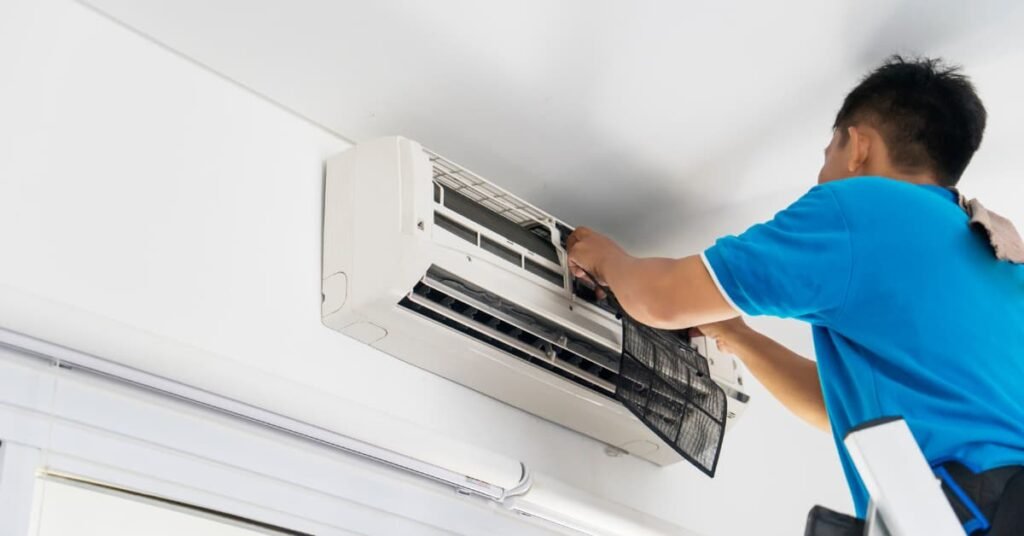
Clogged or Dirty Air Filters
Maintaining a warm and comfortable environment during colder seasons requires an efficient, well-functioning air conditioner.
If you find your Samsung air conditioner’s heat mode is not working, one potential cause could be clogged or dirty air filters.
Accumulated dust and dirt can block air flow, hinder heat exchange, and weaken heating performance.
How to Fix?
1. You need to check your unit’s air filters. Carefully remove them according to the instructions given in your AC manual.
2. Once the filters are out, check for any significant dirt or dust accumulation.
3. If the filters are indeed dirty, they will need to be cleaned. Use warm water and a mild detergent, then let the filters dry completely before reinstalling them.
4. If cleaning doesn’t improve their condition, consider replacing the air filters.
5. Remember, for an optimally working unit, it’s recommended to clean your air filters every two to three months.
No Heating Functionality
As winter approaches, you need your Samsung AC to counter the dropping temperatures by generating sufficient heat.
If your unit isn’t emitting any heat, there may be a functionality issue.
Not all air conditioners have heating functionality. Some models only cool and lack the capability to produce heat.
How to Fix?
1. Start by consulting your air conditioning unit’s manual or look up the model online. This will reveal whether or not your unit contains a heating functionality.
2. If your unit is a cooling-only model, we’re at an impasse unfortunately, as these units simply lack the necessary appliances to generate heat.
3. If you realize that the cold winter weather is too much to handle without a heating unit, consider buying an additional heater or upgrading your air conditioner to a model with a heat pump.
Obstructed Airflow or Unit Going into the Defrost Cycle
If your Samsung air conditioner is not heating, check for airflow obstruction or a persistent defrost cycle.
The defrost cycle is common in cold weather conditions, but excessive frequency can disrupt heating.
Similarly, anything blocking air flow like furniture or drapers can lower the efficiency.
How to Fix?
1. Check if there’s anything obstructing the outlets and inlets of your unit. If you spot blockages like furniture, curtains or plants, consider relocating them.
2. Examine the unit when it turns on. If it goes on a defrost cycle too often, it may need a HVAC professional check.
3. Perform regular system checks to ensure optimal operations.
4. Furthermore, keep a close eye on your outdoor unit. Be sure to clean it regularly to keep the unit from regularly entering a defrost cycle.
5. Remember to schedule regular maintenance from professionals. This way, any arising issue can be detected and fixed early.
Conclusion
Isn’t it interesting how little things can contribute to bigger problems, like your Samsung air conditioner not heating?
Indeed, minor issues such as obstructed airflow, clogged filters, or incorrect settings can significantly impact your unit’s performance.
The first step is always identification. By pinpointing the problem, you’re already halfway towards the solution.
So, always pay attention to how your unit behaves. Keep an eye on possible obstructions and stubborn defrost cycles. Regularly clean those air filters to ensure they aren’t hoarding dirt.




